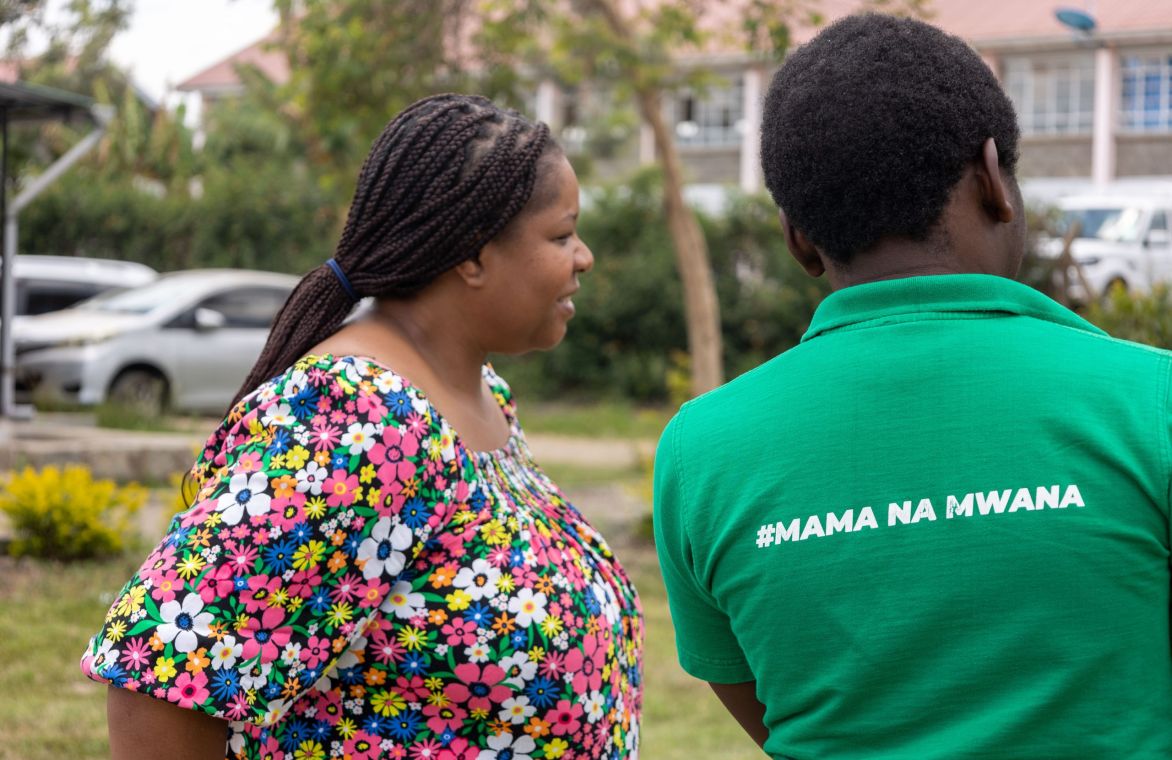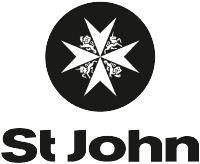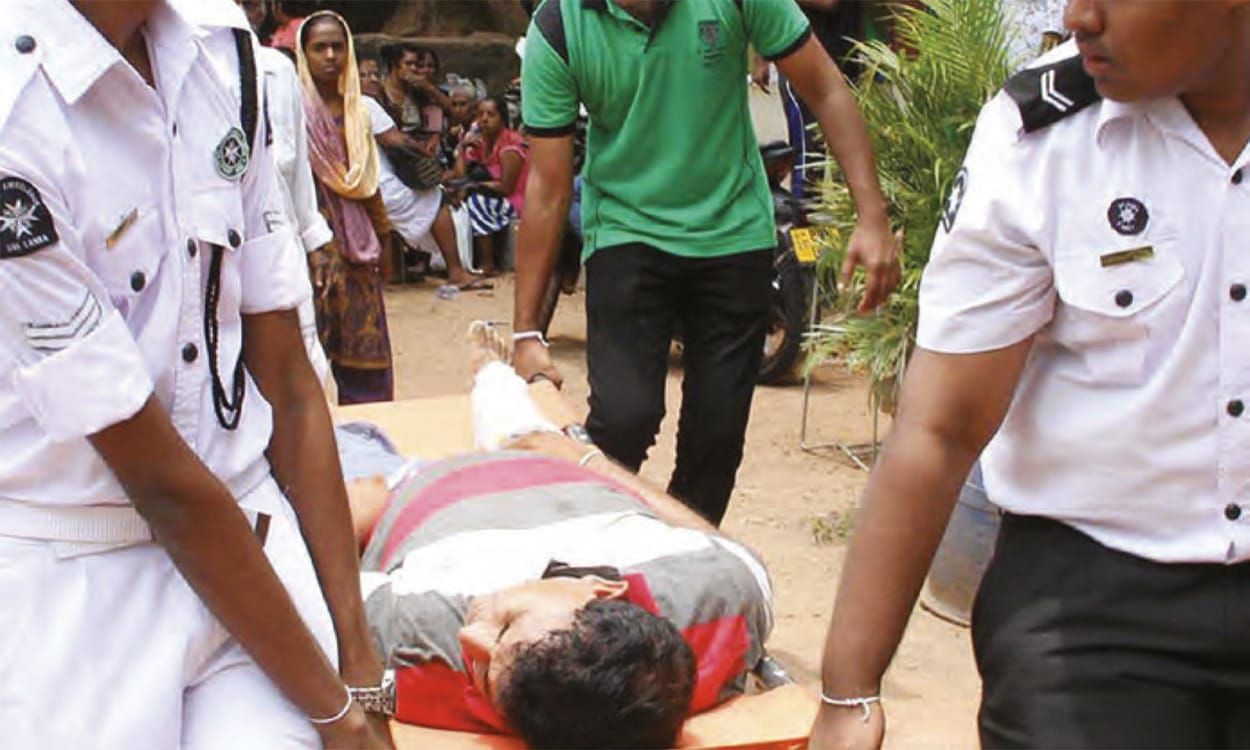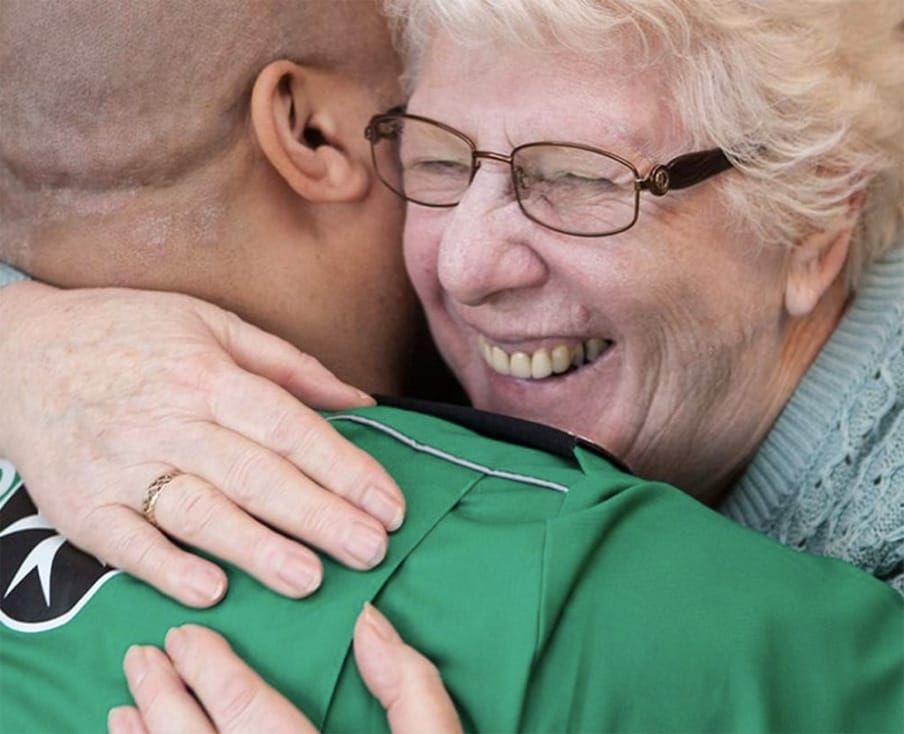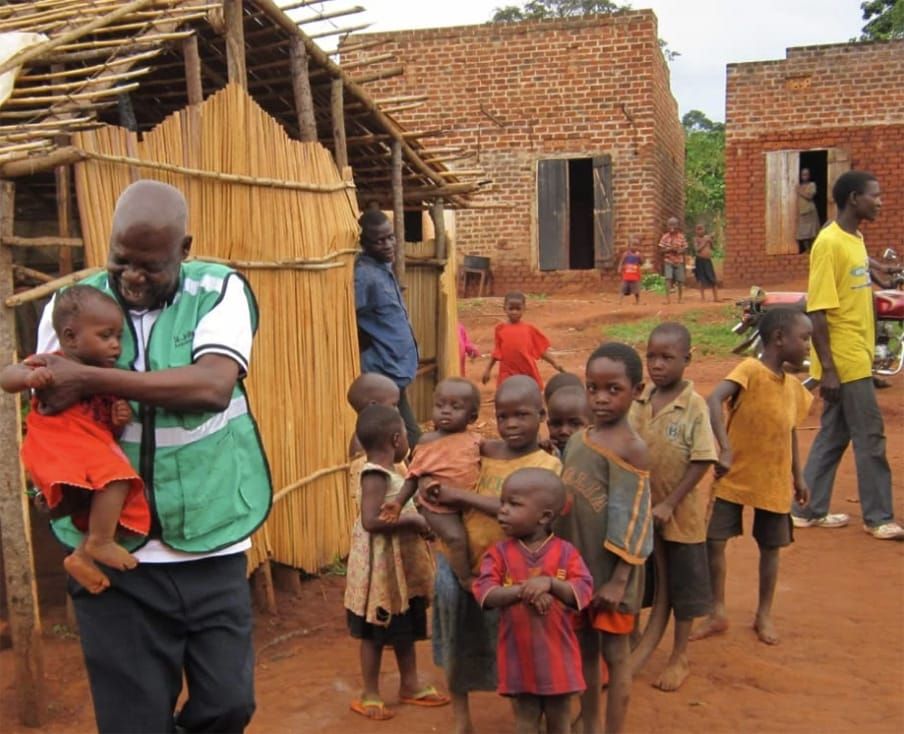The Mother and Baby (M&B) Programme’s expansion into Kenya marks an important milestone for St John International. Building on a successful model implemented in Malawi, Uganda, Zambia, and Zimbabwe, the Kenya programme draws on proven community-based approaches that have delivered strong maternal and child health outcomes across the region. While grounded in these shared best practices, the M&B initiative in Kenya has been carefully adapted to reflect the country’s unique health system, cultural context, and local needs ensuring relevance and sustainability within the national health strategy.
Sylvia Chopamba, St John International Programme Manager, recently visited Kenya, where she observed that the M&B Programme is developing well and remains well aligned with the country’s health strategy. The programme continues to make meaningful contributions to improving maternal and child health outcomes through community-driven approaches, strengthened volunteer engagement, and robust collaboration with local health facilities.
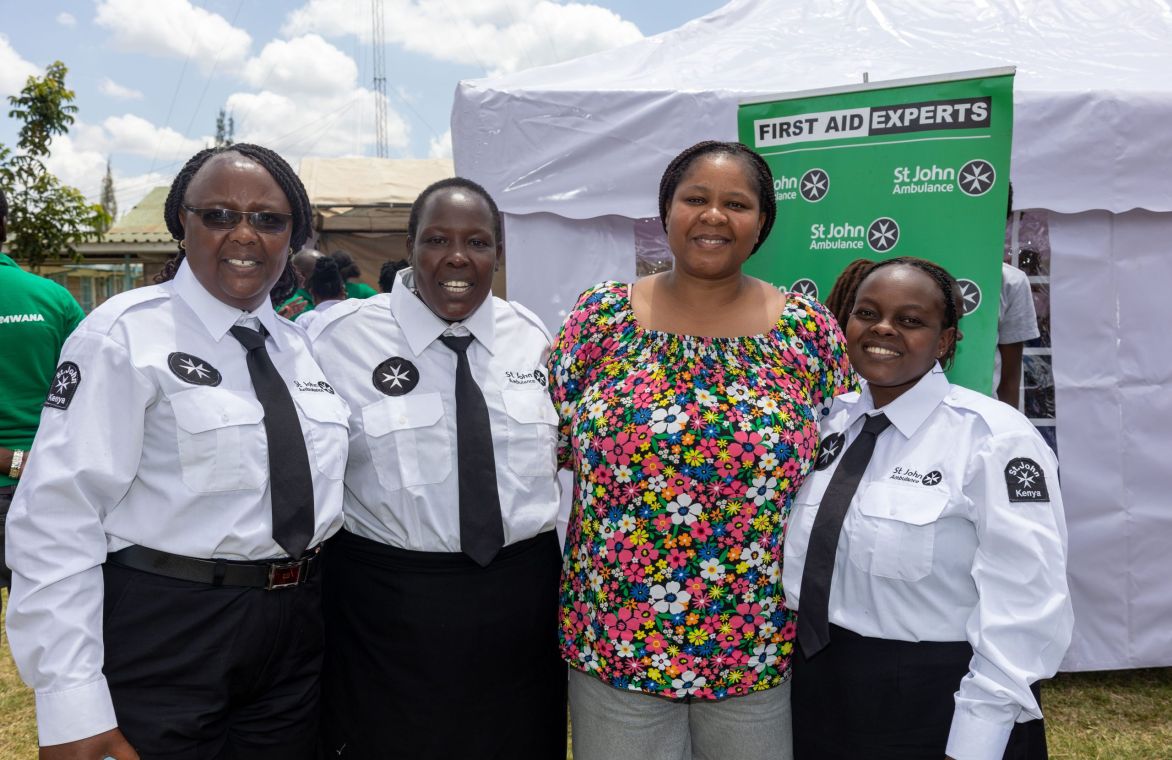
Strong Progress and Key Achievements
During the visit, it was evident that the Kenya M&B model is performing well:
- Effective adaptation of SOPs and tools: Standard Operating Procedures and reporting systems have been localised to align with national and WHO standards, ensuring consistency and quality across implementation.
- Strong volunteer engagement and community trust: A hybrid model involving St John volunteers and Government Community Health Promoters (CHPs) has enhanced both reach and credibility within communities.
- Improved health service utilisation: Health facilities reported increased antenatal and postnatal attendance, reflecting stronger community–facility linkages facilitated by the programme.

Field Visits
During a field visit to Ongata Rongai Sub-County Hospital, Sylvia met with the deputy in charge, who reported that antenatal attendance had risen by 10%, driven by increased community referrals and improved staffing support. Approximately 2% of enrolled women experienced miscarriage or stillbirth, prompting the creation of support groups managed by the hospital.
At Gataka Health Centre, facility deliveries increased from one per month to as many as seven — an encouraging sign of growing trust in local health services and the positive influence of the M&B volunteers.
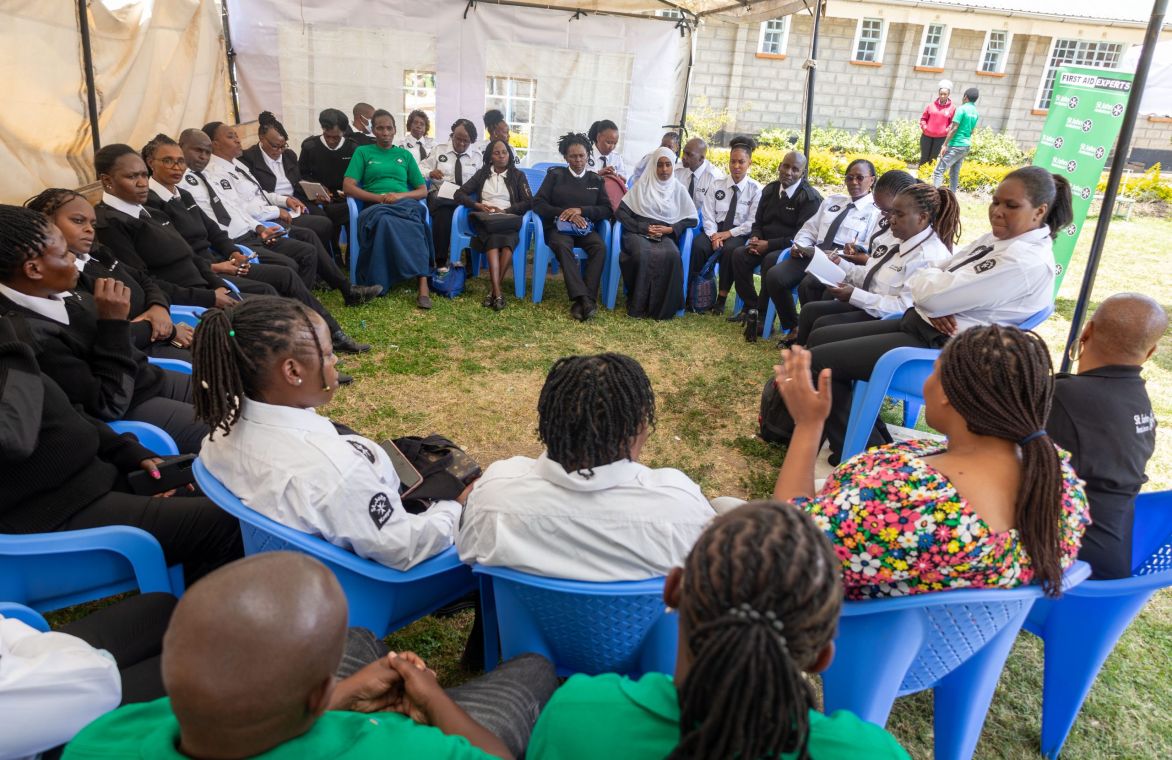
Collaborative Learning and Adaptation
The review process also served as an opportunity for shared learning across St John associations. Kenya has adopted and contextualised several elements from Zimbabwe’s and Uganda’s M&B models, including hybrid volunteer recruitment and detailed SOP frameworks.
The field visits further highlighted the importance of inclusive volunteer recruitment. Notably, one volunteer from the Somali community successfully mobilised women who had previously been reluctant to access facility-based care — showcasing the value of cultural sensitivity and representation in community health work.

Looking Ahead
Overall, the expansion of the M&B Programme into Kenya has been both successful and impactful, driving measurable improvements in community health engagement and facility utilisation.
With strong foundations now in place, Kenya’s M&B initiative shows clear potential for future scale-up, extending St John life-saving maternal and child health work to even more communities.
